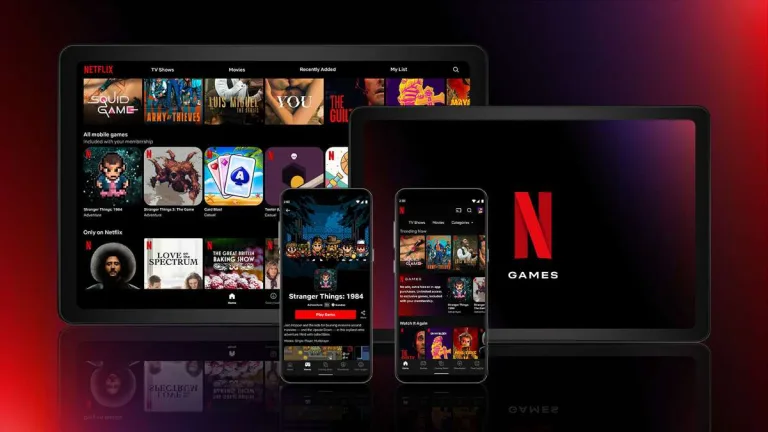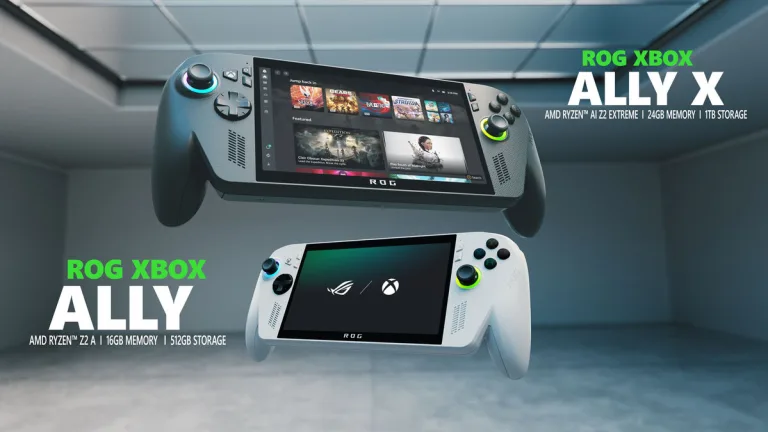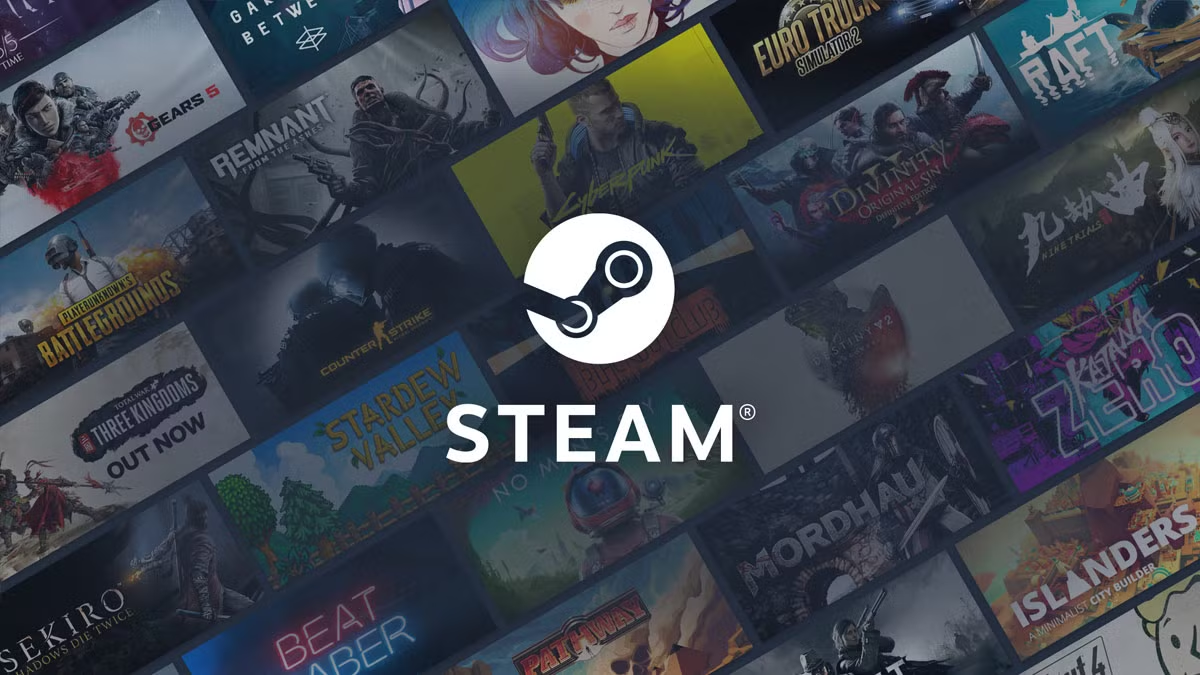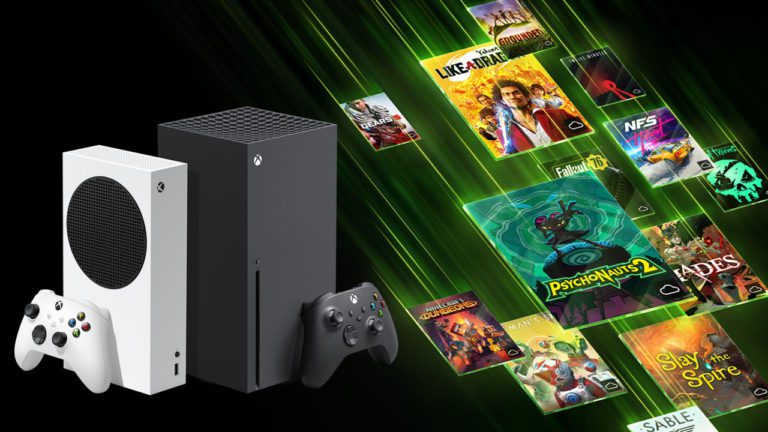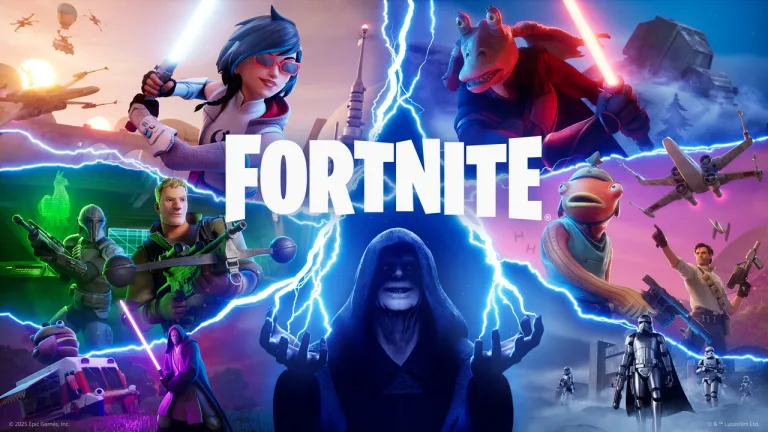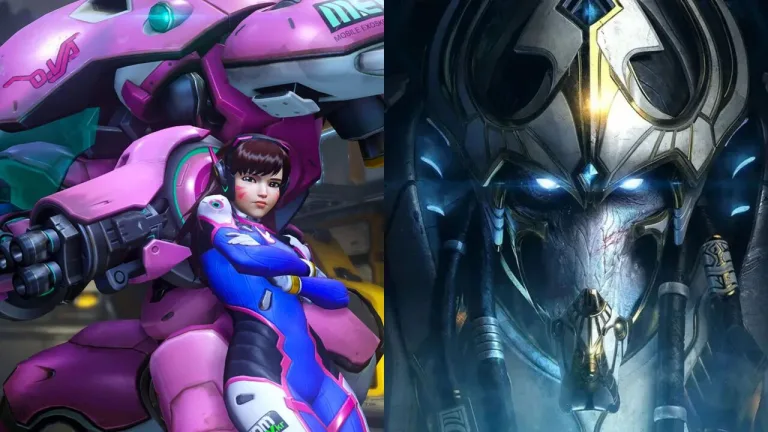Nintendo has surprised fans once again. After years of relative silence in the mobile space, the company...
Mobile
Apple’s September 2025 “Awe Dropping” event wasn’t just about sleeker designs and camera upgrades—it marked a pivotal...
Capcom has just pulled back the curtain on Resident Evil Survival Unit, a bold new mobile strategy...
Netflix’s push into mobile gaming promised a laid-back way to play premium titles on the couch or...
Handheld gaming has always been about delivering power and playability right into your palms, and the latest...
Valve has rolled out SteamOS 3.7.8, bringing a host of improvements and new features to the Steam...
The gaming world is abuzz with excitement as Destiny Rising, the latest entry in the beloved sci-fi...
Microsoft has formally accused Apple of obstructing the launch of its Xbox mobile web store, initially planned...
After nearly five years of absence, Fortnite is finally making its way back to iOS. This marks...
Blizzard Entertainment’s latest strategic decision has sent waves through the gaming industry: the company has chosen Nexon,...





